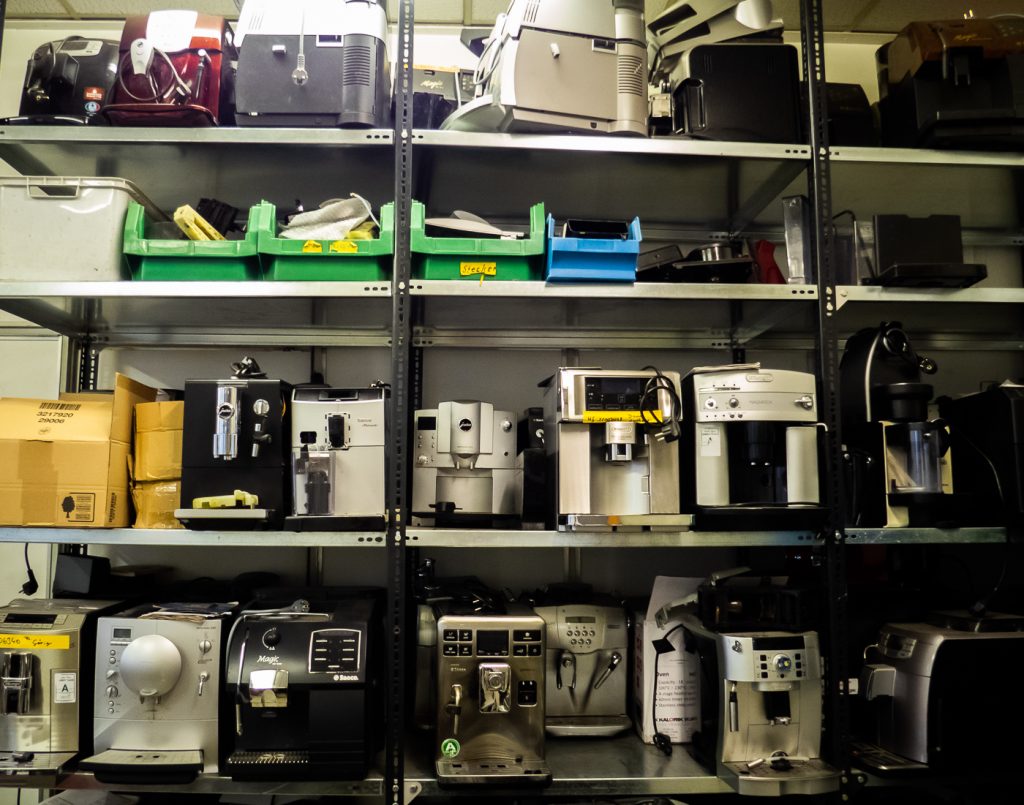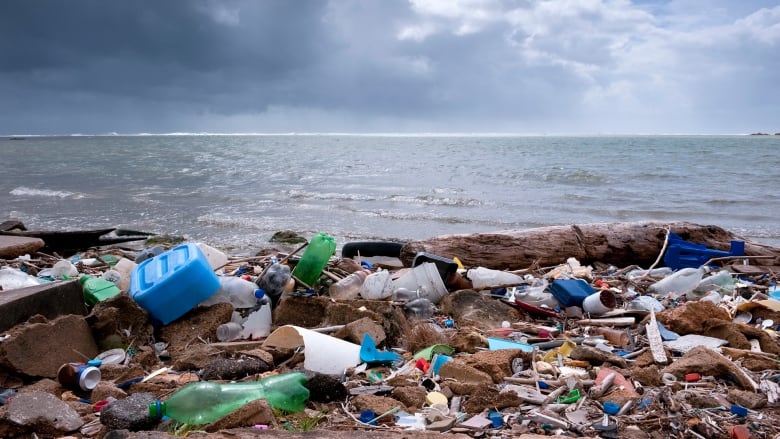In Austria, the Government Pays to Repair Your Stuff

Mar 22, 2022 – Reasons to be cheerful – By: Kaja Šeruga
Taking the “right to repair” one step further, a Viennese repair bonus is going national — and keeping thousands of items out of the junkyard.
What Is Cradle to Cradle? Principles, Design, and Certification
Updated October 31, 2021 – Starre Vartan – Tree Hugger
Cradle-to-cradle (C2C) is a way of designing products or processes that work more like natural systems. This design method is intended to replace a make-take-dispose approach which begins with new raw materials mined from the earth and ends with piles of garbage.
Why parents are choosing to rent their kids’ clothes
April 25, 2021 – the Guardian
The secondhand clothing market is growing fast – and not just for adults. Meet the parents changing the way we’ll dress our children in the future.
By Tim Lewis
Our Stuff Weighs More Than All Living Things on the Planet
December 17, 2020 – the New Yorker
2020 was the year in which the weight of “human-made mass”—all the stuff we’ve built and accumulated—exceeded the weight of biomass on the planet.
By Bill McKibben
Fix your stuff — Repair Guides
Our Mission: Teach the world to fix every single thing.
Learn how to fix just about anything with our step-by-step guides.
We rate the latest products to make it easy to buy repairable hardware.
Join the repair revolution!
INTERNATIONAL ‘RIGHT TO REPAIR’ MOVEMENT CALLS FOR END TO FORCED OBSOLESCENCE

By 2021, EU citizens should find it easier to get laptops, phones, and tablets fixed, courtesy of new right-to-repair rules that were announced this past spring as part of the continent’s plan for a more sustainable and competitive circular economy, reports the New York Times.
Right-to-repair advocates note that this trajectory is what continues to sustain economies built on the doctrine of planned obsolescence— “the idea that products are designed to be short-lived in order to encourage people to buy more stuff,” writes the Times. And, it adds, “more stuff” is exactly what the world needs least as it tries to rein in global emissions.
From Trash to Treasure: Why You Should Buy Secondhand Furniture
Secondhand furniture is an eco-friendly way to furnish your home. Here is some advice on what to look for and what to avoid when shopping vintage.
By Katherine Martinko – www.treehugger.com – December 3, 2020
Patagonia Now Sells Used Clothing Alongside New
The outdoor gear retailer has added a “buy used” option to its U.S. website. While patagonia.com and Worn Wear will continue to exist as separate websites, adding the “buy used” button to the main Patagonia site now links the two in an unprecedented way. Not only does it make it easier to opt for a used version of an item (and convenience is crucial if people are going to follow through), but it normalizes the idea of buying secondhand in a way that it hasn’t been up until now.
By Katherine Martinko – www.treehugger.com – November 30, 2020
Repair Your Patagonia® Gear
During an extended backcountry trip or a faraway expedition, if your gear breaks, you make a repair. There are no other options. But back at home when something breaks, many people are in the habit of throwing it out. Fortunately, most Patagonia® gear can easily be fixed, so we’ve partnered with iFixit to show you, step-by-step, how to repair your Patagonia® clothing. A patch on your jacket or a gleaming new zipper not only gives you bragging rights, but completing the repair yourself extends the life of your gear. Learn more about the Patagonia Worn Wear® Program on iFixit.com.
Smart Ways to Greenify Your Closet
Because our wardrobes create unfashionably massive environmental issues. The apparel industry is responsible for about 8 percent of carbon emissions and more than a third of the primary microplastic pollution junking up our oceans. Clothing manufacturing also gobbles up enough freshwater to fill 32 million Olympic-size pools every year.
BY ELIZABETH L. CLINE | NOV 4 2020 – www.sierraclub.org
Recycling was a lie — a big lie — to sell more plastic, industry experts say | CBC Documentaries
CBC Docs · Posted: Sep 23, 2020 1:11 PM ET | Last Updated: October 8, 2020

The carbon footprint of getting dressed
We focus on the three big things that affect climate change – energy, transport and food. But what about the bits people don’t necessarily think about, like the clothes you wear? Here’s our look at the impact your everyday threads have on the environment.
3 December 2018 – ecotricity